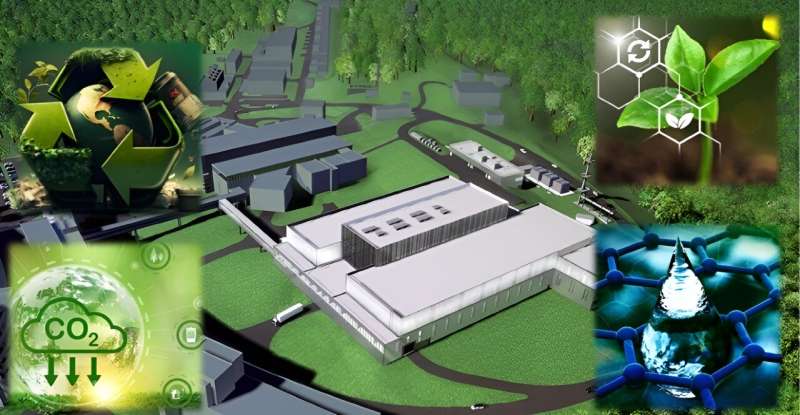
August 20, 2024 by Oak Ridge National Laboratory
Collected at: https://phys.org/news/2024-08-neutrons-illuminate-environmental-biological-mysteries.html
Neutron techniques have long been valued in various scientific fields for their ability to penetrate materials without altering their structure. However, their use in environmental and biological sciences has been limited. Complex systems like soil-water interactions and plant physiology are challenging for traditional methods. Due to these challenges, there is an urgent need to enhance neutron techniques to gain a deeper understanding of these intricate processes.
Researchers at Oak Ridge National Laboratory conducted this perspective, which was published in Frontiers of Environmental Science & Engineering on April 15, 2024. It explores the application of neutron methods in environmental and biological sciences, focusing on recent advancements and their potential to address key research challenges. The study emphasizes the capabilities of neutron scattering, imaging, and other techniques in studying complex biological and environmental systems across multiple scales.
The study identifies several key areas where neutron techniques are invaluable. Neutron imaging, for example, has been critical in visualizing soil-root interactions, offering detailed insights into water and nutrient transport within the rhizosphere. Neutron scattering techniques have allowed researchers to probe the nanoscale structure of porous materials, providing essential data on fluid dynamics and material behavior under various conditions.
The development of new instruments, such as those at the Spallation Neutron Source’s Second Target Station (STS), has broadened the scope of neutron research, enabling time-resolved studies and smaller sample sizes. These advancements open new possibilities for in situ studies, offering a more comprehensive understanding of processes crucial for tackling global challenges like climate change and sustainable agriculture.
Dr. Alexander Johs, a leading expert in the field, remarked, “The advancements in neutron techniques are not just incremental; they represent a paradigm shift in how we study complex environmental and biological systems. With new capabilities emerging at neutron facilities worldwide, we’re on the brink of uncovering insights that were once beyond our reach, crucial for addressing some of the most pressing challenges in environmental science and biology.”
The implications of this research are extensive, particularly in sustainable agriculture, environmental conservation, and bioenergy. By enabling more detailed and accurate analysis of complex systems, neutron techniques can significantly advance the development of sustainable solutions for global challenges.
Continued development and application of these methods could lead to breakthroughs in understanding how environmental and biological processes interact, ultimately contributing to more effective strategies for managing natural resources and mitigating climate change impacts.
More information: Alexander Johs et al, New Opportunities for Neutrons in Environmental and Biological Sciences, Frontiers of Environmental Science & Engineering (2024). DOI: 10.1007/s11783-024-1852-z

Leave a Reply